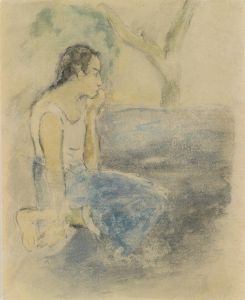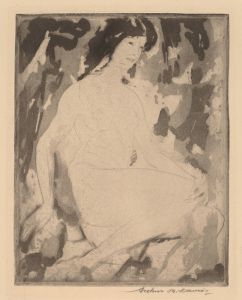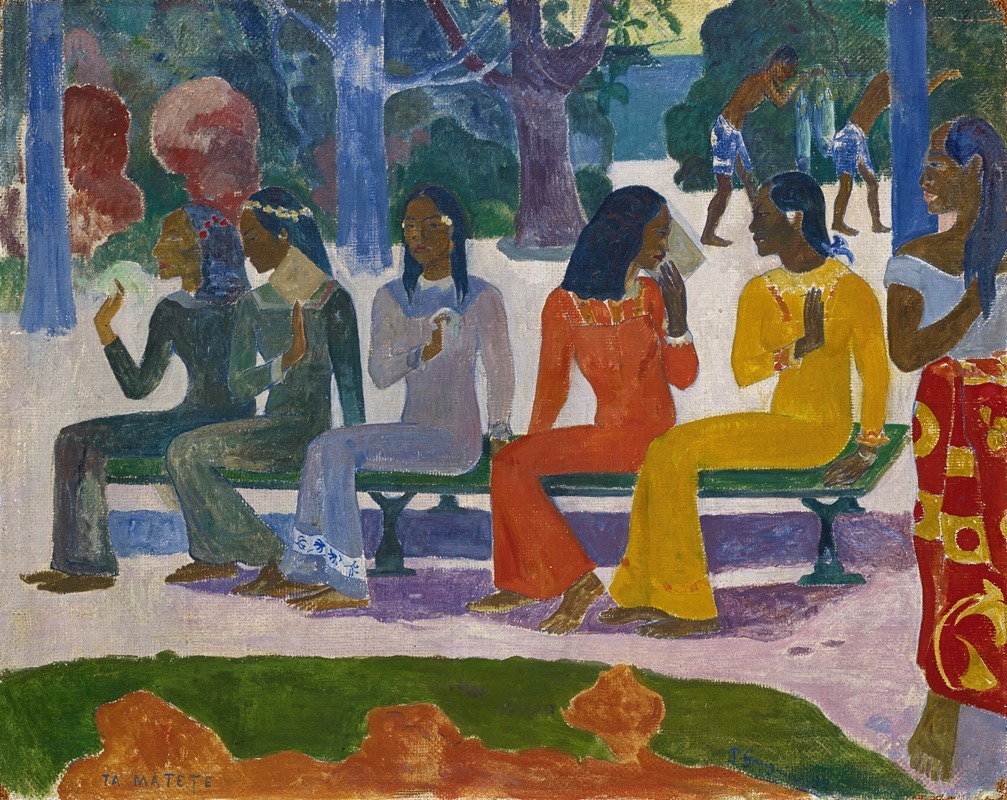
Ta matete
A hand-painted replica of Paul Gauguin’s masterpiece Ta matete, meticulously crafted by professional artists to capture the true essence of the original. Each piece is created with museum-quality canvas and rare mineral pigments, carefully painted by experienced artists with delicate brushstrokes and rich, layered colors to perfectly recreate the texture of the original artwork. Unlike machine-printed reproductions, this hand-painted version brings the painting to life, infused with the artist’s emotions and skill in every stroke. Whether for personal collection or home decoration, it instantly elevates the artistic atmosphere of any space.
Ta Matete (The Market) is an oil painting created in 1892 by the French Post-Impressionist artist Paul Gauguin. The work is part of Gauguin's Tahitian period, during which he sought to capture the culture, people, and landscapes of French Polynesia. The painting is currently housed in the Kunstmuseum Basel in Switzerland.
The title "Ta Matete" translates to "The Market" in Tahitian, and the painting depicts a group of five women sitting or standing in a row, seemingly engaged in conversation or waiting. The composition is inspired by an ancient Egyptian frieze style, with the figures arranged in a linear, almost hieroglyphic manner. This stylistic choice reflects Gauguin's interest in non-Western art forms and his desire to break away from traditional European artistic conventions.
The women in the painting are dressed in brightly colored garments, and their postures and gestures suggest a sense of community and interaction. Behind them, the background features lush tropical vegetation, which is characteristic of Gauguin's Tahitian works. The vibrant colors and simplified forms are hallmarks of Gauguin's style, emphasizing emotional resonance over realistic representation.
Gauguin moved to Tahiti in 1891, seeking an escape from European society and a deeper connection to what he perceived as a more "primitive" and unspoiled way of life. However, his works, including Ta Matete, often reflect a romanticized and idealized view of Tahitian culture, filtered through his own artistic vision and Western perspective. While the painting's title and subject suggest a depiction of a local market scene, it is not a literal representation but rather an imaginative interpretation.
Ta Matete is considered an important example of Gauguin's exploration of cultural themes and his innovative approach to composition and color. The painting exemplifies his efforts to synthesize influences from various artistic traditions, including Polynesian culture, European Symbolism, and ancient art forms, into a unique and personal style.
This work, like much of Gauguin's oeuvre, has been the subject of critical analysis and discussion, particularly regarding its portrayal of non-European subjects and its role in the broader context of colonialism and cultural appropriation. Despite these complexities, Ta Matete remains a significant piece in the history of modern art, illustrating Gauguin's impact on the development of Post-Impressionism and his enduring influence on subsequent generations of artists.






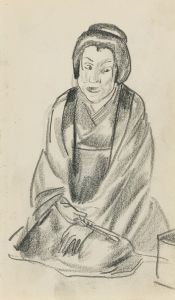
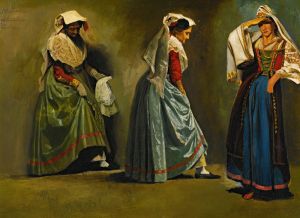
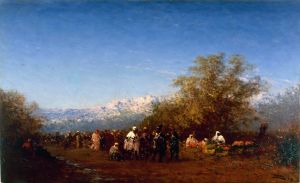



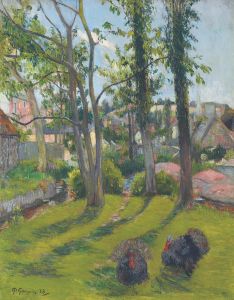
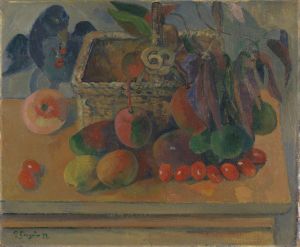

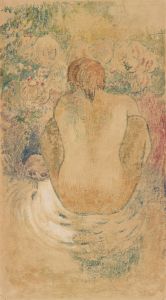
![Eve [‘The Nightmare’]](/imgs/245562/s/paul-gauguin-eve-the-nightmare-bcae2b7f.jpg)
